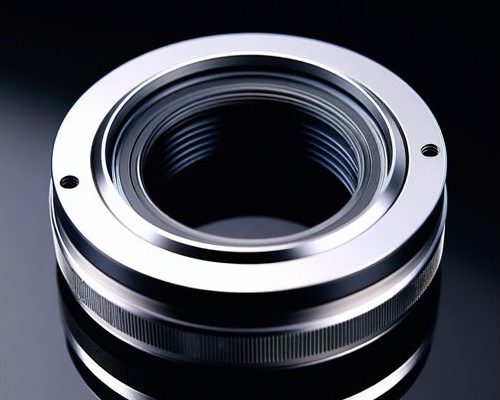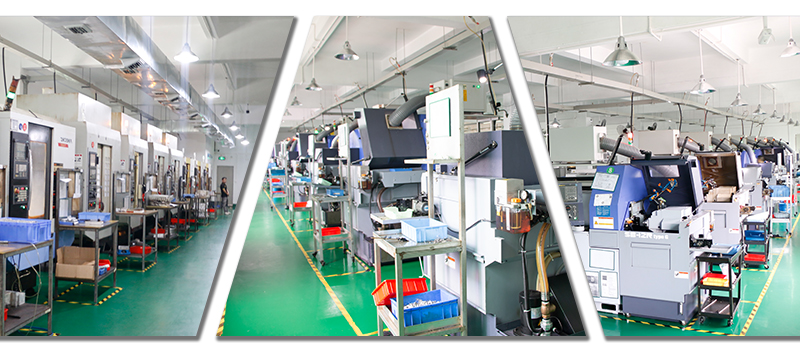As someone who has worked in CNC machining for many years, I’ve encountered a wide range of materials. Two of the most interesting and versatile materials I often work with are POM (Polyoxymethylene) and PEEK (Polyetheretherketone). Both of these plastics are used in high-end applications, but they have distinct properties that can affect the outcome of CNC machining processes.
If you’re in the market for precision parts made from these materials, or if you’re simply curious about how POM and PEEK compare when it comes to CNC machining, this article is for you. I’ll walk you through the key differences between these two materials, their unique characteristics, and how to choose between them for your specific needs.
What Are POM and PEEK?
Before we dive into the comparisons, let’s take a quick look at what POM and PEEK are.
- POM, also known as Acetal, is a high-performance engineering plastic known for its excellent dimensional stability, low friction, and high wear resistance. It’s often used in applications where durability and precision are essential.
- PEEK, on the other hand, is a super-engineering plastic that offers even higher strength and resistance to heat than POM. It’s known for its incredible chemical resistance and ability to withstand extreme temperatures. PEEK is often found in industries like aerospace, medical devices, and high-end automotive components.
Both materials offer outstanding properties for CNC machining, but their differences can impact your choice depending on the specific requirements of your project.
Key Differences Between POM and PEEK for CNC Machining
1. Mechanical Properties
When comparing POM and PEEK in terms of mechanical strength, PEEK is the superior material. It offers higher tensile strength, stiffness, and resistance to creep (the tendency of a material to deform permanently under stress).
- POM: It has great strength and durability for many applications but can become less resistant to high temperatures and harsh environments compared to PEEK.
- PEEK: PEEK has exceptional mechanical properties, particularly when exposed to extreme heat or aggressive chemicals. It can maintain its strength and stiffness even in temperatures over 250°C (482°F), whereas POM generally has a service temperature limit of around 100°C (212°F).
If you need parts that will be exposed to high temperatures or challenging environments, PEEK is often the better choice.
2. Machinability
POM is generally easier to machine than PEEK, which makes it a good option for projects that require a quicker turnaround. Its properties allow for smoother cuts and easier handling during the CNC machining process.
- POM: Due to its low friction and high machinability, POM is less demanding on tools and can be processed more efficiently.
- PEEK: While PEEK is still machinable, it requires higher cutting speeds, specialized tooling, and more attention during the CNC machining process due to its increased strength and resistance.
If you need to reduce production time and tooling costs, POM can be a more cost-effective option, but if you’re after top-tier performance, PEEK is worth the investment.
3. Thermal Resistance
When it comes to thermal resistance, PEEK is the clear winner. This material can withstand extremely high temperatures without deforming, making it suitable for applications like aerospace components or high-performance automotive parts.
- POM: While POM can handle moderate temperatures, it’s not ideal for environments with constant high heat or sudden temperature changes.
- PEEK: PEEK is one of the best materials for extreme heat applications, making it perfect for industries where the material will be exposed to elevated temperatures, such as in medical devices, semiconductor manufacturing, and automotive engines.
If thermal resistance is a major factor in your project, PEEK should be at the top of your list.
4. Chemical Resistance
Both POM and PEEK are chemically resistant, but PEEK has a broader range of chemical resistance, especially in high-stress and high-temperature environments. It’s often used in industries where parts need to resist aggressive chemicals, such as in the aerospace, medical, and chemical processing sectors.
- POM: It offers good resistance to many chemicals, but can degrade under exposure to strong acids, alkalis, or solvents.
- PEEK: PEEK offers outstanding chemical resistance to a wide variety of aggressive substances, including acids, bases, and hydrocarbons. This makes it ideal for use in highly demanding environments.
If your components need to resist harsh chemicals, PEEK will give you better protection over time.
5. Cost and Availability
POM is generally more affordable and readily available compared to PEEK, making it a go-to material for a wide range of applications where extreme conditions are not a major concern. If you’re working with a tight budget or on a large-scale production run, POM might be the better option.
- POM: More cost-effective and easier to source for mass production projects.
- PEEK: While it’s a high-performance material, PEEK comes at a premium price due to its specialized properties.
If you’re looking for an affordable yet durable material for moderate conditions, POM is a good choice. For extreme performance, PEEK is worth the extra cost.
Applications of POM and PEEK in High-End CNC Machining
Let’s now talk about how these materials are applied in real-world, high-end industries. Here’s a quick rundown of where POM and PEEK are commonly used:
POM Applications:
- Automotive parts like bushings, gears, and bearings.
- Consumer electronics for components like connectors or housings.
- Robotic parts where lightweight and low-friction materials are essential.
PEEK Applications:
- Aerospace components such as seals, bearings, and high-temperature valves.
- Medical devices like surgical instruments or implants.
- Semiconductor manufacturing for parts that need to resist high temperatures and chemicals.
Conclusion: POM vs. PEEK – Which Is Right for Your Project?
Choosing between POM and PEEK for CNC machining depends largely on the demands of your specific application.
- If you’re looking for a material that offers good strength, machinability, and cost-effectiveness for moderate conditions, POM is a great choice.
- If your project requires superior mechanical strength, thermal resistance, chemical resistance, and performance under extreme conditions, then PEEK is the material you should consider.
At YL Machining, we specialize in CNC machining for a variety of materials, including POM and PEEK. Whether you’re working with high-performance automotive parts or precision medical components, we can help you select the right material for your needs. Feel free to reach out to discuss your project further, and let’s explore how CNC machining can bring your ideas to life.
So, which material are you considering for your next project? Would POM or PEEK be the better fit for your needs? Let’s dive into the specifics together and find the perfect solution!



